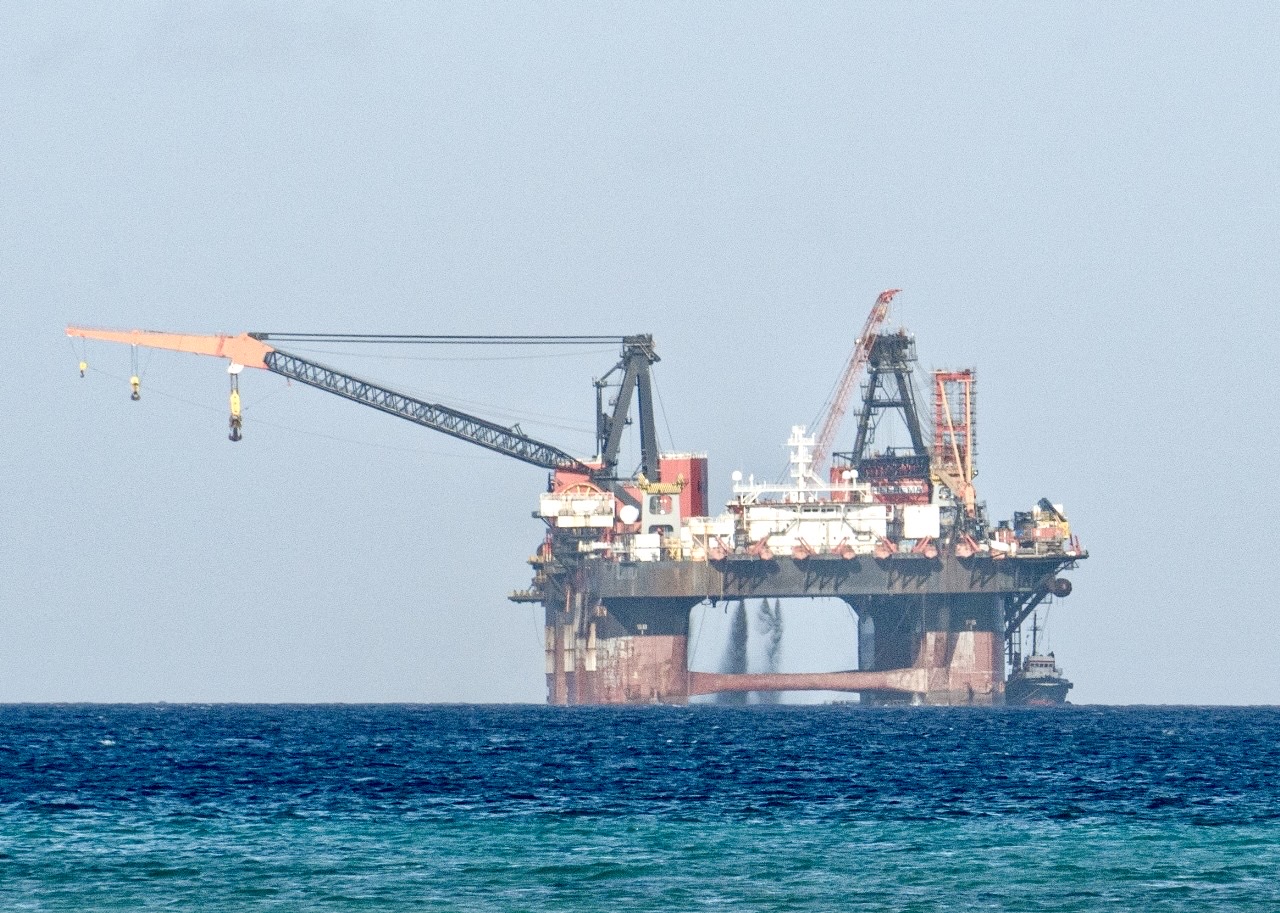Marine Pollution in Malmok? The Potential Eco Violation by Vessel Balder
The Landsverordening Voorkoming Verontreiniging Door Schepen (1993) is a piece of legislation in Aruba, aimed at preventing marine pollution from ships. This law enforces regulations that align with international agreements, such as the 1973 MARPOL Convention. These rules are designed to protect marine ecosystems by prohibiting ships from discharging harmful substances, including oil, chemicals, and other waste, into the sea.
Key Aspect of the Law
- Application: The law applies to all Aruba-flagged vessels and foreign vessels within Aruban territorial waters. This means Aruba authorities have jurisdiction.
- Discharge Prohibition: Under Article 5, it is strictly prohibited to discharge harmful substances from ships into Aruban waters unless under specific conditions authorized by international agreements. The law defines “harmful substances” as those that pose risks to human health, damage marine environments, or interfere with legitimate uses of the sea. This means Aruba authorities have to investigate the discharge that has been visible over the weekend.
- Port Responsibilities: Harbor authorities are required to provide facilities for receiving and properly disposing of hazardous waste from ships, ensuring that vessels can comply with these environmental regulations without unnecessary delays (Article 6). Ships must also follow strict guidelines regarding equipment and procedures to prevent accidental discharges during loading, unloading, and maintenance operations. This means harbor authorities have to act.
- Certification and Inspections: Vessels must be certified according to international standards, confirming that they are equipped to minimize pollution risks (Articles 7-10). Ships without valid certifications are prohibited from leaving Aruban ports, and authorities have the power to detain vessels that pose environmental threats (Articles 13-17).
- Reporting Obligations: The captain of a vessel is required to immediately report any incidents involving the release of harmful substances to Aruban authorities (Article 12). Failure to comply can result in severe penalties, including fines and imprisonment.
Relevance to the Malmok Discharge
Recently, a visible (ongoing) discharge from a vessel off the coast of Malmok has raised environmental concerns. This apparent violation could fall under the prohibitions outlined in Article 5 of this law, which bans the release of pollutants into the sea. Authorities may investigate and hold the responsible vessel accountable. The vessel in question could potentially be identified as the Balder (IMO 7710226), NMSI 35472100. The provisions regarding inspection and detention of vessels (Articles 14-19) are particularly relevant, empowering authorities to take swift action. The Balder is a semi-submersible crane vessel.
Given the growing concern for marine life in the area, this legislation serves as a vital tool for addressing and mitigating environmental damage. The discharge in Malmok not only threatens the local ecosystem but also highlights the importance of strict enforcement of these laws to preserve Aruba’s natural beauty and marine biodiversity.
Conclusion
The Landsverordening Voorkoming Verontreiniging Door Schepen ensures that ships operating in Aruban waters adhere to environmental standards to protect the ocean from pollution. The visible discharge at Malmok may represent a direct violation of this law, requiring immediate investigation and action from local authorities. Strong enforcement of this legislation is crucial to safeguarding Aruba’s marine environment for future generations.
For more insights and updates on local environmental policies, be sure to check out my website at www.lincolngomez.com, where I regularly discuss topics like this. See you soon!


















